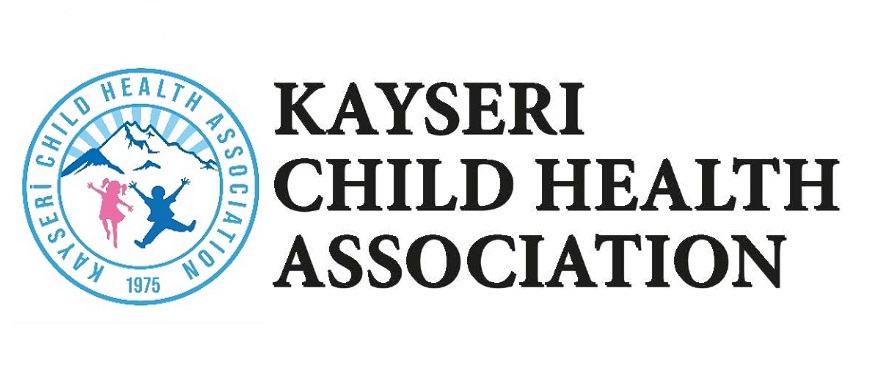Clinical and EEG Features, Treatment, and Outcome of Hot Water Epilepsy in Pediatric Patients
Hot water epilepsy in pediatric patients
Keywords:
Hot water epilepsy, electroencephalography, clobazam, reflex epilepsyAbstract
Hot water epilepsy is a type of reflex epilepsy which generally occurs with pouring water on the body during bath. The aim of this study is to evaluate the clinical and electrophysiological features, treatment, and outcome of the pediatric patients with diagnosis of hot water epilepsy. Patients were followed and treated at Erciyes University, between January 2010 and January 2016. There were 15 patients total, included 9 (60%) boys and 6 (40%) girls. The average age at diagnosis was 30 months (range: 13-60 months). The follow-up period was 16 months (range: 12-48 months). Seven patients (46.6%) had focal seizures with impaired consciousness, four (26.7%) had focal seizure and four (26.7%) had focal starting and generalized tonic-clonic continuing seizures. Seven patients (46.6%) had abnormal interictal EEG findings, ranged from unilateral slowing of the background activity to bilateral sharp wave. Intermittent clobazam treatment (0.8-1.2 mg/kg) was given to 13 patients (86.7%). Other epileptic treatments were used in 5 (33.3%) patients. Three patients (20.0%) developed nonreflex seizures during follow-up period. Intermittent clobazam prophylaxis prior to hot water bath, as well as changing bathing habits can be effective in pediatric patients with hot water epilepsy.









